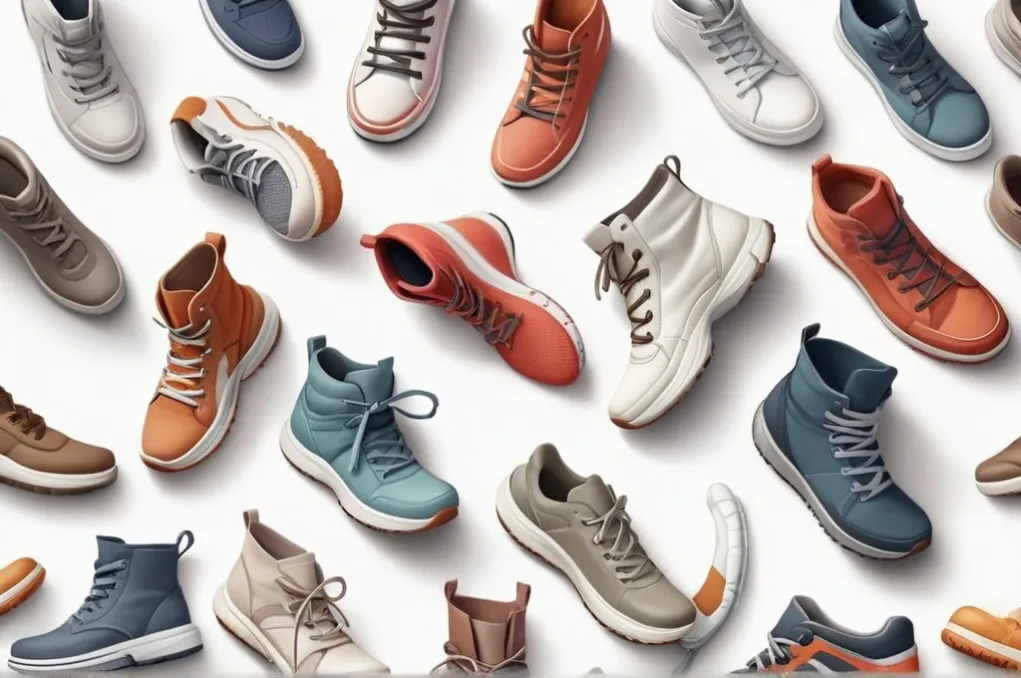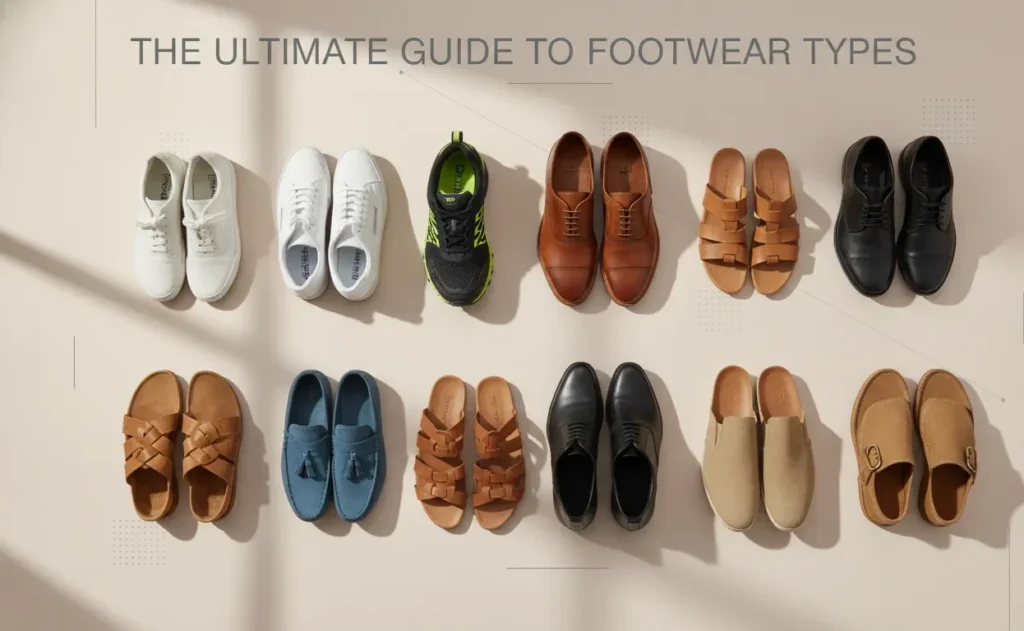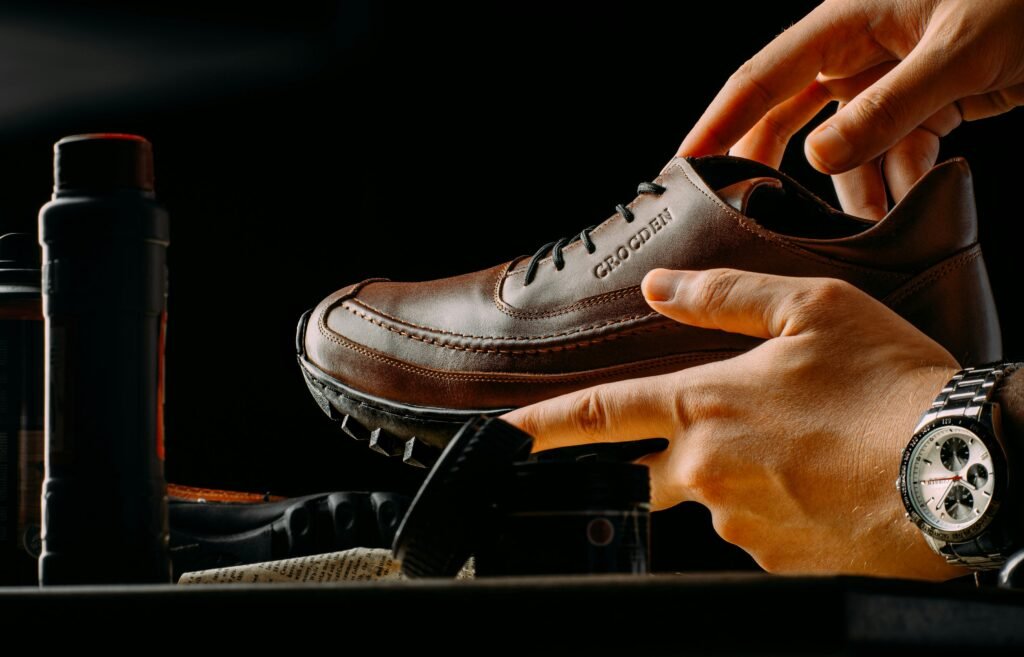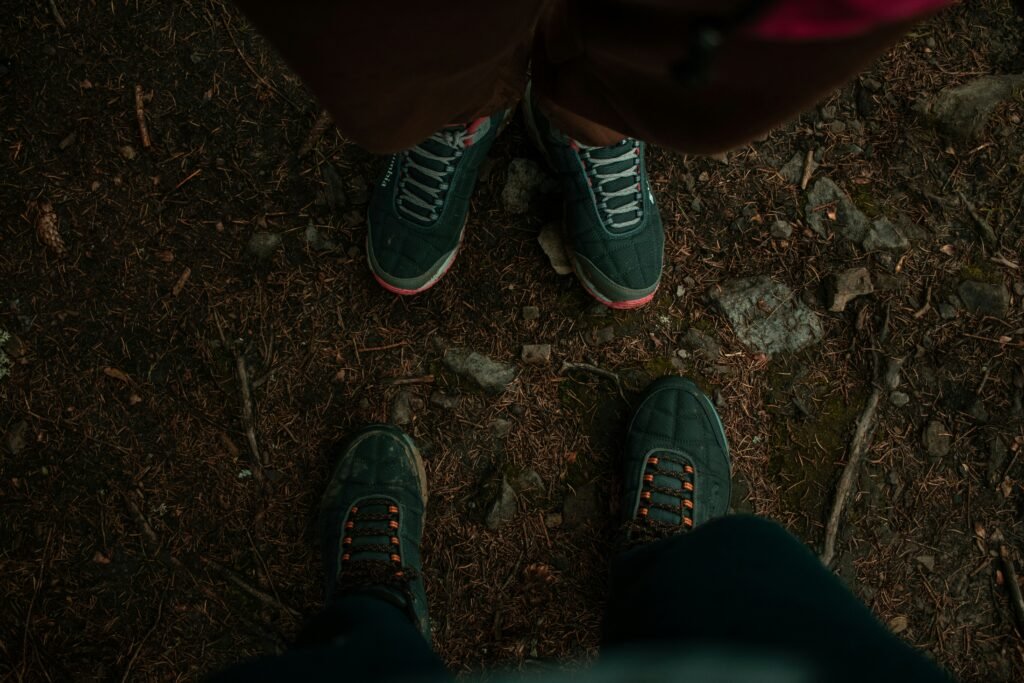Common Footwear Problems & Solutions
The Ultimate Guide to Foot Comfort, Pain Relief & Perfect Fit
Footwear is not just about style—it’s about comfort, protection, and foot health. But many people struggle with problems caused by shoes: pain, blisters, bad odor, and even long-term foot issues. If you’ve ever felt discomfort or had foot trouble caused by shoes, you know how frustrating it is.
This guide breaks down 9 of the most common footwear problems, why they happen, and how you can solve them with simple, effective solutions. Whether you walk a lot, stand for hours, run, or just want comfy shoes, this article is for you.
1. Shoes That Don’t Fit Properly
Why It Happens
Many people buy shoes that don’t fit right—sometimes the size is off, or the shape doesn’t match their foot. Feet also change size and shape over time or swell during the day.
How to Know
- Toes feel cramped or bent unnaturally
- Heel slips out while walking
- Feeling discomfort or pressure in some areas
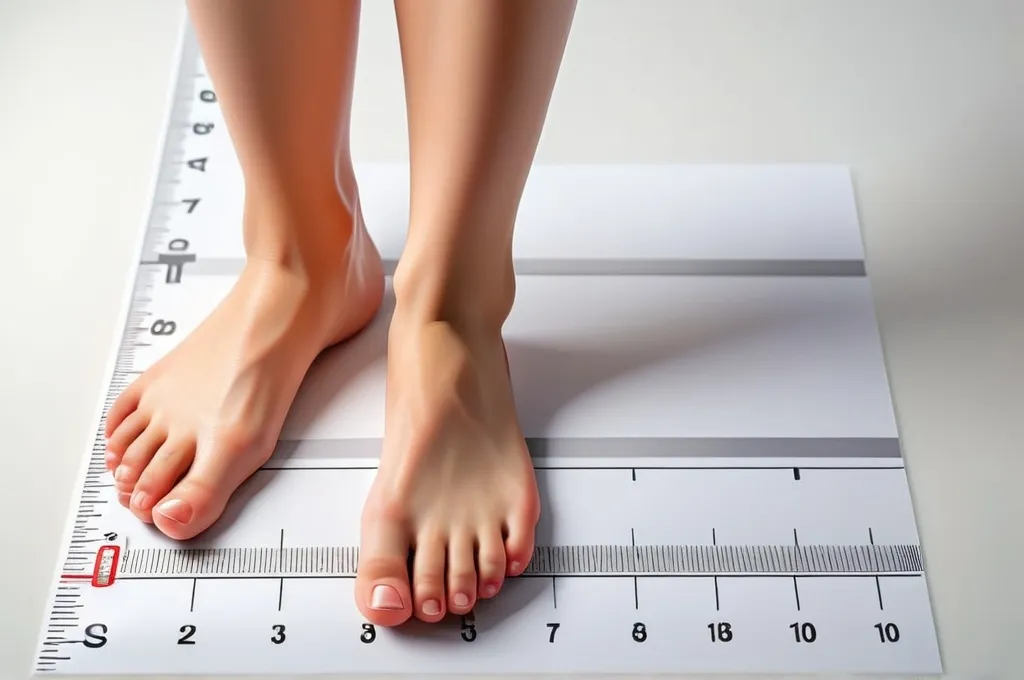
What to Do
- Measure both feet in the evening with a ruler or Brannock device. Your feet can differ slightly in length and width.
- Use brand-specific shoe size charts because sizes vary.
- Try on shoes with the socks you’ll wear daily.
- If fit is slightly off, use insoles, heel grips, or thicker socks.
Why It Matters
Poorly fitting shoes cause blisters, calluses, and foot deformities like bunions over time.
2. Heel Pain & Plantar
What It Is
Plantar fasciitis is one of the most common causes of heel pain, caused by inflammation of the tissue running along the bottom of your foot.
Signs
- Sharp pain in the heel, especially after resting or in the morning
- Tenderness during walking
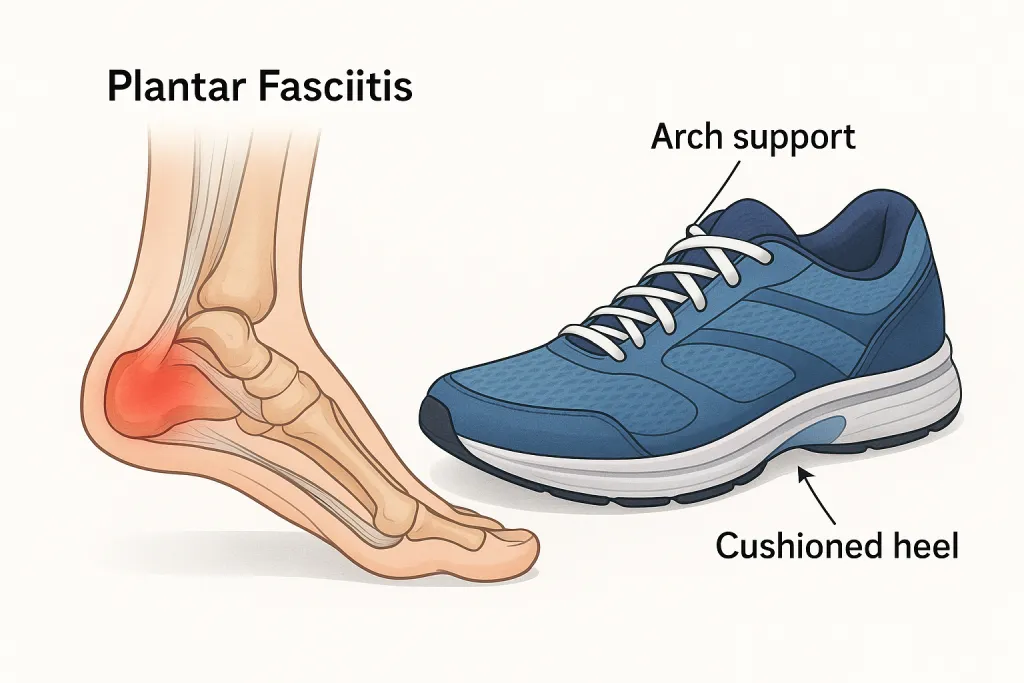
Solutions
- Wear shoes with good arch support and cushioned heels.
- Avoid flat or worn-out shoes with no shock absorption.
- Use orthotic inserts if needed.
- Stretch your calf muscles and plantar fascia regularly.
Extra Tip
If the pain is severe or persistent, consult a podiatrist for treatment.
3. Blisters and Shoe Bites
Why Blisters Form
Friction between your skin and shoe causes blisters—most common on heels and toes.
Prevention
- Break in new shoes gradually—wear them for short periods first.
- Use blister prevention sticks or petroleum jelly on hot spots.
- Wear moisture-wicking socks to reduce friction.
- Choose shoes with soft leather or flexible uppers.
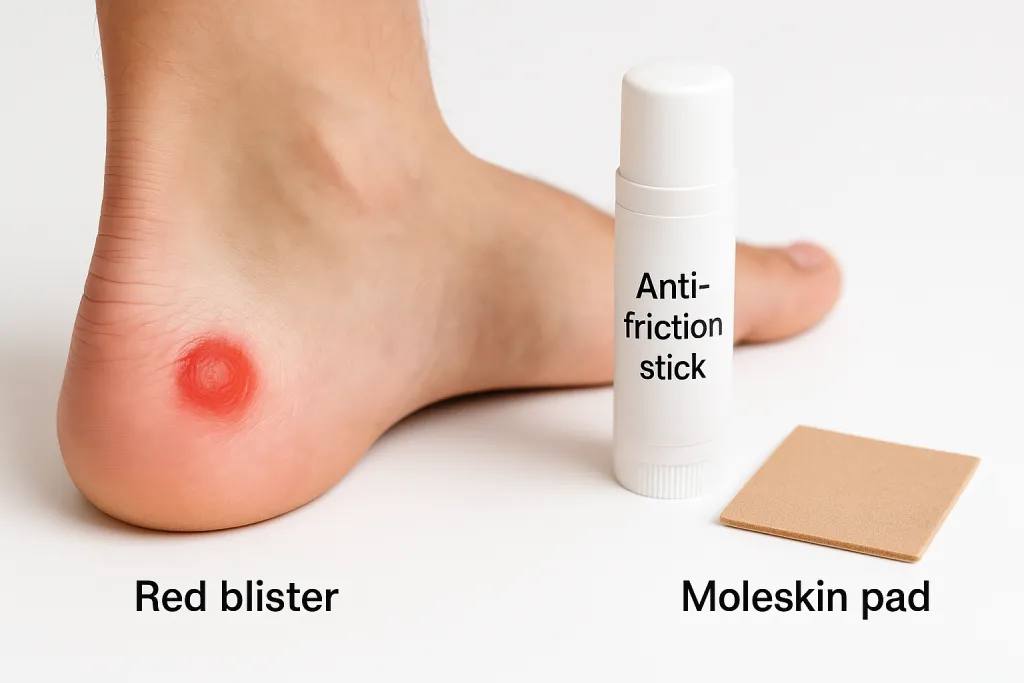
Treatment
- Cover blisters with moleskin or blister pads to protect them.
- Avoid popping blisters to prevent infection.
4. Shoe Odor Problems
Causes
Feet sweat, and the moisture creates a perfect environment for bacteria and fungi, causing bad smells.

How to Fix
- Sprinkle baking soda inside shoes overnight.
- Use activated charcoal pouches or deodorizer sprays.
- Alternate between two pairs of shoes to allow drying.
- Wash or replace insoles regularly.
5. Arch and Ball of Foot Pain
Why It Happens
Flat feet or high arches can cause uneven pressure distribution, leading to pain in the arch or ball of the foot.
What to Look For
- Pain or fatigue in the middle or front of the foot
- Difficulty standing or walking long distances
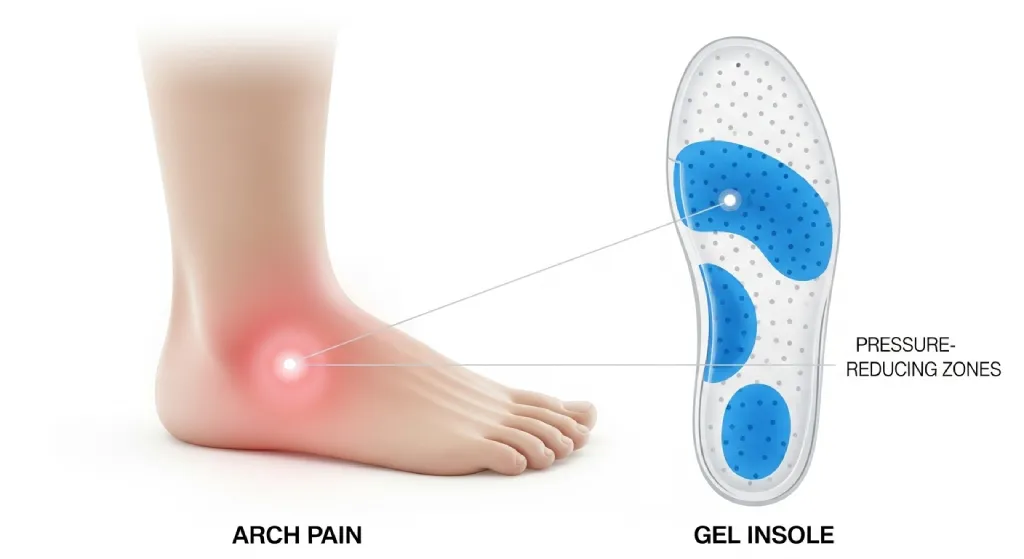
Fixes
- Use shoes with good arch support or custom orthotics.
- Avoid completely flat or very high-heeled shoes.
- Use gel pads for extra cushioning in the ball area.
6. Flat Feet or High Arches
How to Identify
Flat feet have little to no arch; high arches are very pronounced.
Why It Matters
Both can cause foot fatigue, pain, and increase injury risk.
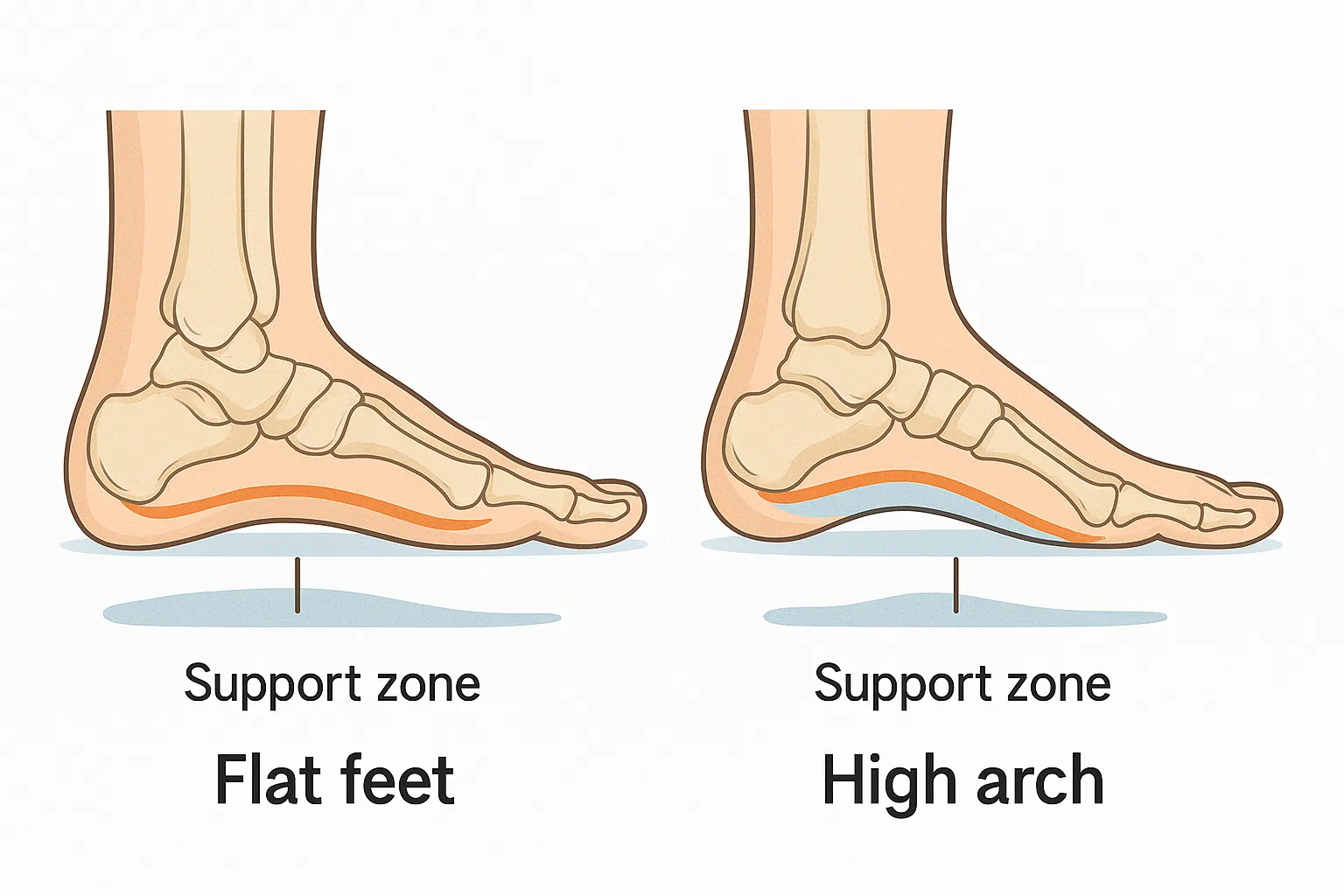
Solutions
- Flat feet benefit from motion control or stability shoes.
- High arches need cushioned, flexible shoes.
- Avoid barefoot walking on hard surfaces.
- Custom orthotics can be very helpful.
7. Fast Sole Wear and Tear
Problem
Some shoes wear out quickly, losing grip and comfort.
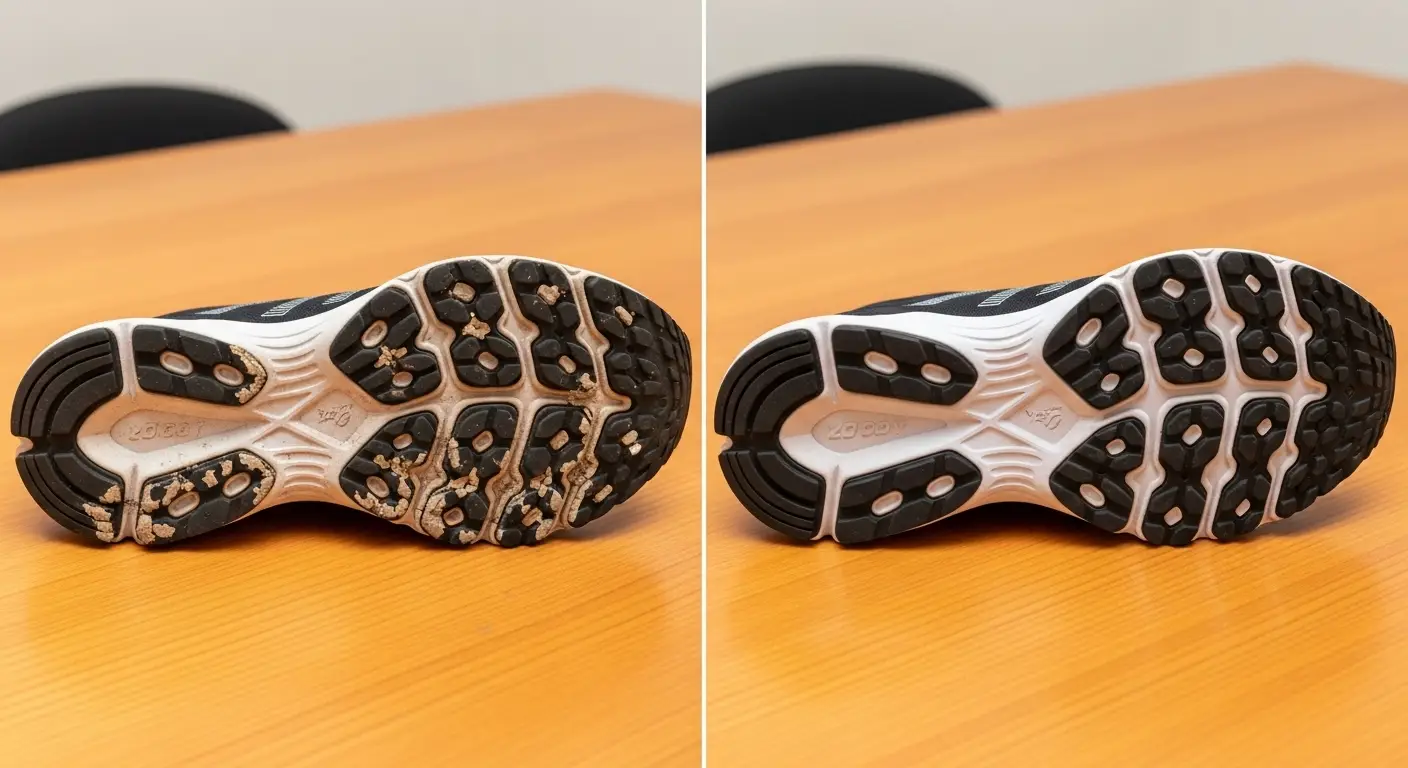
How to Prevent
- Buy shoes with durable rubber soles (like Vibram).
- Rotate your footwear regularly.
- Repair resolable shoes before damage gets worse.
- Avoid dragging your feet to reduce sole wear.
8. Difficulty Finding Shoes for Wide or Narrow Feet
Common Issues
Standard shoe sizes often don’t fit everyone’s foot width properly.
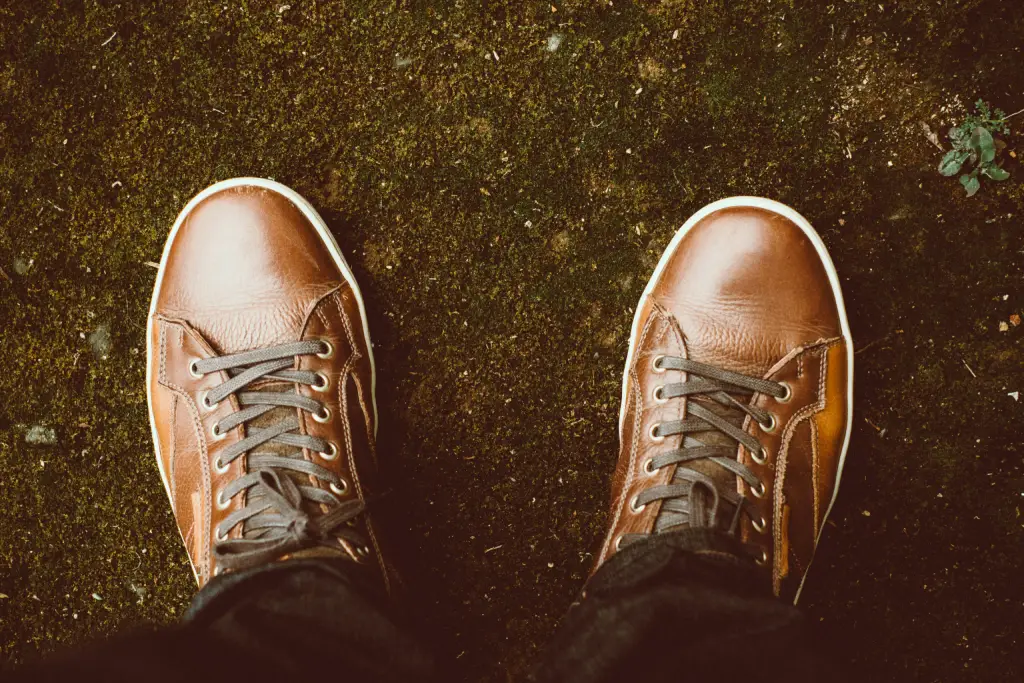
Solutions
- Choose brands offering wide/narrow options.
- Use adjustable shoes with laces or straps.
- Try shoe stretchers for leather shoes.
- Avoid slip-ons if you have unusually wide or narrow feet.
9. Heavy or Bulky Shoes
Why It Matters
Heavy shoes cause fatigue and slow you down.
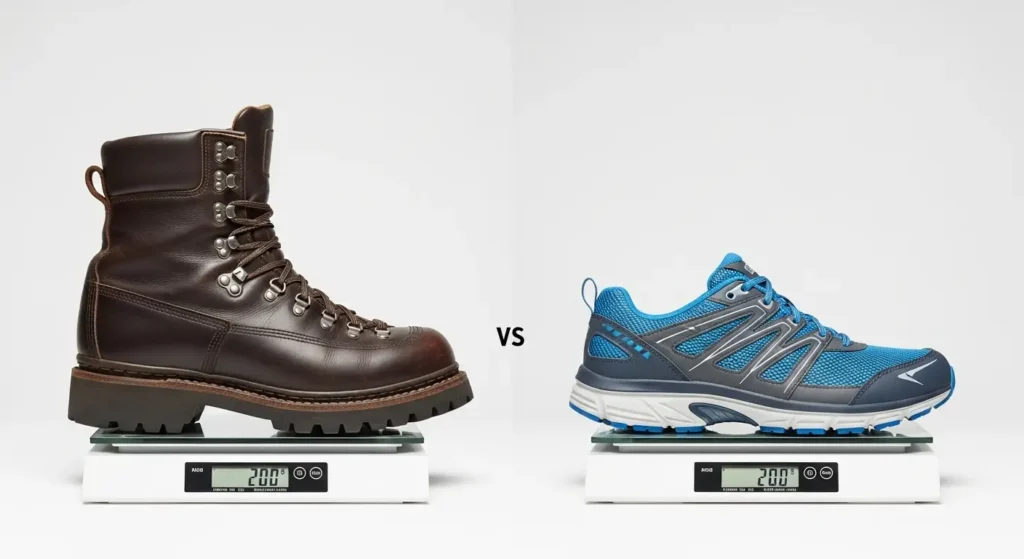
What to Choose
- Lightweight materials like EVA foam, mesh, or knit uppers.
- Flexible, ergonomic designs.
Expert Buying Tips
- Always try shoes on with the socks you’ll use daily.
- Walk around for at least 5–10 minutes before buying.
- Replace running or walking shoes every 400–500 miles.
- Invest in comfort rather than just looks or brand names.
Frequently Asked Questions
Q1: How often should I replace my shoes?
A: It depends on use, but generally every 6–12 months or after 400–500 miles of running or walking.
Q3: What causes shoe odor and how to prevent it?
A: Sweat and bacteria cause odor. Use baking soda, charcoal pouches, and alternate shoes to keep them dry.
Q5: Can flat feet cause long-term problems?
A: Yes, if unsupported, flat feet can lead to pain and injuries.
Q2: Can insoles fix all shoe fit problems?
A: Insoles help with minor fit and support issues but won’t solve badly sized shoes.
Q4: Are expensive shoes always better for foot health?
A: Not always. Comfort, fit, and support matter more than price.
Q6: How to break in new shoes painlessly?
A: Wear them gradually, use blister prevention, and soften uppers with shoe conditioners.
Final Words
Your feet carry you through every step of your life—don’t take them for granted. Choosing the right shoes and taking care of common problems early can save you from pain and discomfort. Follow these expert tips, and your feet will thank you every day.

